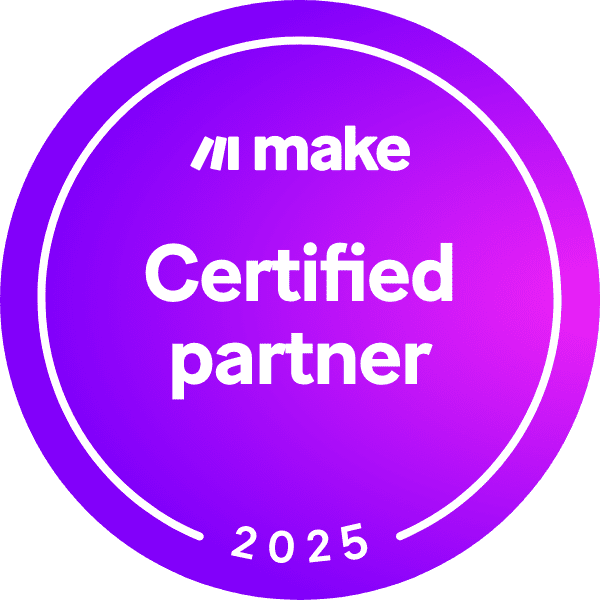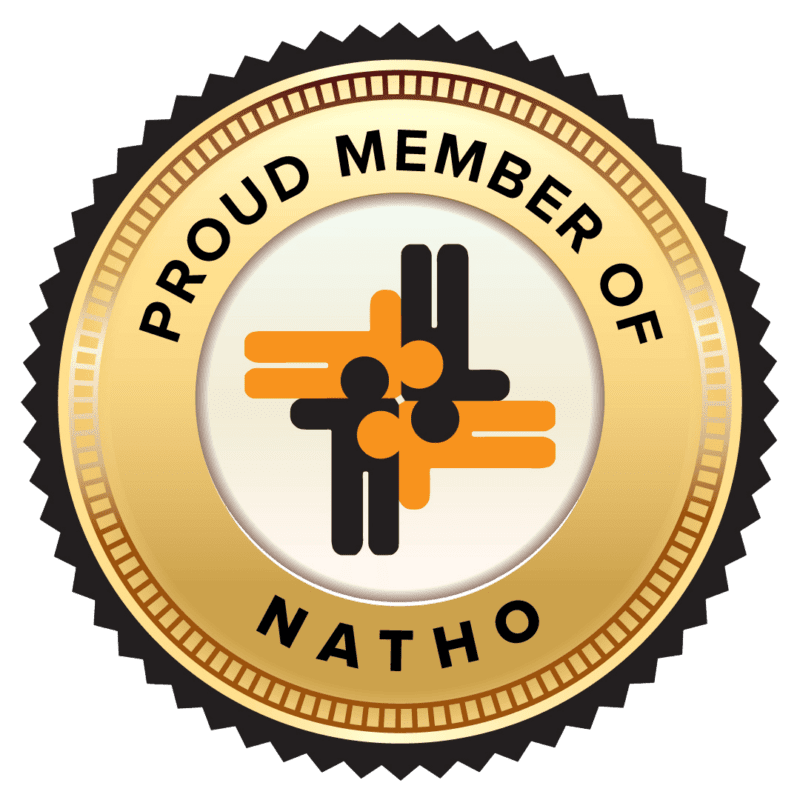The 10-Step Journey for Change Success
Prior to about 15 years ago – before the introduction of Mapquest, Garmin, Google Maps, and GPS – whenever I was embarking on a trip via car, the document that served as my trusted travel navigator and companion was the AAA TripTik.

I used to LOVE going to our local AAA office in Ocala, FL, sitting down with a travel associate, telling them where I wanted to go, and then having a custom map “Prepared Expressly for You”. They’d take out their trusty highlighter, grab their ALTERNATE ROUTE, TRAFFIC TRAP, and DETOUR stamps, and start assembling my journey in flip page form. If roads were closed or construction was expected, there was a stamp for that. If there was a faster, easier, or more scenic route available, I’d know. Basically, no journey was considered “ready” until I had that TripTik in hand.
This TripTik was essential for any traveler to ensure you were on the right path to get you where you wanted to go – on time, on budget, and at ease.
And yet, when it comes to embarking on change and transformation journeys in staffing organizations, I have witnessed time and time again over my 15 years that many just “hop in the car and start driving”. They are so focused on the destination that – either in their excitement or urgency to get to the finish line – they fail to properly prepare. This inevitably results in unexpected roadblocks, detours, driver logistical issues, often very costly delays, and wary or exasperated travelers. You were so excited about this trip, but you arrive frustrated and just wanting to sleep in your own, comfortable and familiar bed.
That’s why I believe it’s time we flip the script on how we perceive and approach change – shifting from focusing almost entirely on the DESTINATION to creating your own “TripTik”, planning and preparing for what is necessary and otherwise unexpected along the way.
At Painted Porch Strategies, we like to think about change as a JOURNEY. And that journey has 10 important steps that can set you up for implementation and execution success. These 10 steps can help your staffing firm better:
- Prepare
- Design
- Execute
- Reinforce
By taking the time to mindfully and intentionally prepare your organization, your people, and yourself you will reduce change, change resistance or hesitation, improve and speed up implementation, optimize decision making, and realize meaningful change that sticks.
1. Designate Your Destination
Yes, you want to implement a new operational or digital initiative. But WHY?
- What is the ultimate goal you wish to achieve?
- What is it that is really driving this desired outcome?
- What is the root problem or need you are trying to solve, or what opportunity will this create?
- What would success look like to you – is it going live on a certain product, or is it optimizing how, where, or when business is done?
While you may think adopting that new piece of tech or changing a business process is the solution, you may discover that – along your change journey – new ideas or opportunities present themselves. You don’t want to lose sight of those “roadside attractions” that may still satisfy your intended goal or enrich your change journey even more than you originally expected. So, get clear on both your Destination AND the ultimate goal or vision you are seeking to achieve.
2. Map Change Checkpoints
Think of this like planning out when you’ll stop for gas, food, or to simply stretch along your route.
Prior to embarking on your journey, designate at what intervals or milestones you’d like to check in with yourself, your team, your partners, and your leadership to determine if any adjustments are desired or necessary.
- Is it time to switch drivers (project members) due to fatigue?
- Is someone getting a little ‘hangry’? (poor or low decision making)
- Is it going to be rush hour soon, so maybe it’s time to take a short pause and explore your current surroundings vs. getting stuck in expected delays? (due to a busy period in your business, or maybe holidays or other events that may pull focus or create overwhelm)
Before your foot hits the gas pedal and you start cruising along, plot out your checkpoints to measure progress, celebrate milestones or important achievements, and evaluate if/when route adjustments may be best.
3. Understand and Shift Change Mindsets
This step is one of the most important ones NOT to skip. Yes, it takes time that could otherwise be spent “in” the project; but the truth is (and I can attest to this happening pretty much on every project) you can either take the time NOW to intentionally prepare your people for change or be forced to address it once budgets, timelines, and milestones begin to slip.
Change of any kind starts and ends with the PEOPLE who will make or break it. It’s not only those who are part of the project but every single person in your organization who will be expected to adopt whatever is being implemented.
The idea of change produces emotions and reactions in each person differently. Some of your employees are Originators who love to challenge current norms and create change that “disrupts”. Others may be Conservers who like the familiarity and certainty of what is and prefer change that is more paced and incremental. And, you most likely have Pragmatists who approach change as something to be explored first and measured against whether it is necessary and practical to pursue.
By first understanding what Change Styles you have within your organization, and then approaching your communication, coaching, training, and teams with that knowledge will put you in a much better position to begin to shift mindsets and create the environment each person needs in order to embrace and adopt the change you’re seeking to make real.
4. Assemble Change Navigators
Along with the previous step, this one is vital when designing, mapping out, and preparing for your change journey.
While you may select people to serve in various roles within your project based on their subject matter expertise, tenure, or leadership level, that doesn’t necessarily mean they have the skills needed to champion, challenge, collaborate, compromise, and communicate the often BIG decisions required to create transformational change – be it organizational, operational, or technological.
Make sure they receive the training that will prepare them to work together, be accountable, share ideas, make decisions, and move change forward effectively, mindfully, logically, and energetically.
5. Identify Bumps, Roadblocks, and Detours
While we’d love to believe that any change journey will go smoothly right from the start, the reality is that almost never happens. Yet, despite these repeated moments of “how could this have happened?” or “that wasn’t expected”, we start our next trip by jumping right back in the car without our TripTik stamps of where our journey might encounter a detour or obstacle.
The Stoics have a practice they call “Premeditatio Malorum”. It’s a fancy Greek way of asking “what’s the worst that could happen?”. The purpose of this practice is NOT to become a Debbie Doubter or the cynic in the corner chirping about how this project is destined to fail. Rather, it’s intentionally asking the questions:
- “What/Where/How could this go wrong?”
- “What/Who might derail our plans?”
- “What obstacles, detours, or delays might we encounter?”
- “What haven’t we thought of that might impact this project?”
The reason you take the time before you kick off your project to ask these (often uncomfortable, but extremely valuable) questions and plan for failure is so you are prepared for when or if it happens. You’re not taken by surprise and then “stuck” trying to solve it in the moment – when heads are a little less objective and emotions are running high.
It’s like having that TripTik with the “ALTERNATE ROUTE” stamp on it. Maybe by the time you get there, the construction will be completed. But, if it’s not, you already know where to go. You don’t have to pull over on the side of the road, find an atlas, stop at a local gas station, or keep trying different routes, getting more and more lost or delayed along the way.
6. Mark Your Starting Point
You can’t know where you’re going and how you’ll get there unless you know from where you’re starting. While I am a big proponent of Jeff Bezo’s Day 1 principle, I believe there is still incredible value in understanding where you are at today; what we in the consulting world would call your “Current State”.
Taking the time to get clear on what you’re doing right now – both what works and what is missing the mark – is an important tool in your “failure forecasting” toolbox. Being honest with what your business operations, processes, roles, and systems look like currently can help you better anticipate what, where, who, and how they should be executed in the future.
Don’t let what you’re doing today become a barrier to designing a future state that is truly transformative. But, also don’t put blinders on to what could both serve and be a struggle for you down the road.
7. Plan Your Route
Armed with your Destination, Checkpoints, Change Navigators, Failure Forecast, and Current State overviews, it’s time to take those data points and begin to plan your change.
This includes:
- Understanding your change goals and desired outcomes
- Evaluating your change readiness
- Drafting what your future state may look like (the what, where, who, how, and when)
- Designating key project roles and responsibilities
- Setting up your project plan
- Crafting your communication strategy
Now, you may be surprised (or not by this point) that all of the action items and tasks I’ve listed here are done as part of STEP 7 in your change journey, not – as what is so often the case – STEP 1. It’s those six previous steps that put you in the best possible position to begin the preparations to kick off your change initiative.
8. Execute the Change
You’ve done the work to get change ready. Now it’s time to put this valuable preparation and planning into action.
- Decisions are being made (efficiently)
- Checkpoints and milestones are being evaluated and celebrated (regularly)
- Progress and pivots are being communicated (concisely)
- Feedback is being shared (candidly)
- Training is being conducted (thoughtfully and enthusiastically)
All of your hard work is beginning to bear the fruits of change and generating new seeds of transformational growth.
9. Provide GPS & Roadside Assistance
While you’re now cruising along your change journey with your customized TripTik in hand, there may be instances where a nail in the road pops a tire, an accident creates a delay, or someone missed a route communication and is now a little lost. This step is ensuring you have the resources and tools to provide navigation support and assistance for those who are traveling along with you.
Leaning on your Failure Forecast, your Future State design, your Communication blueprints, your Change Style and Mindset tools, and your collaboration and teamwork elements you can ensure everyone stays on your planned change route, ensuring they arrive at your destination successfully, energetically, and enthusiastically.
10. Celebrate, Check-In, and Refine to Make Change Stick
Once you’ve arrived at your change destination, the work doesn’t stop there. Creating lasting, meaningful, transformative change requires first celebration upon arrival and then continual check-ins, evaluations, and sometimes revisions or tweaks.
Just like when you’re taking a trip, you don’t just park at the hotel or land at the airport say “We made it!” and then your vacation ends. The arrival is just the beginning.
Successful change is something we all wish for, yet we don’t always take the necessary time to properly prepare for the journey. Before you embark on your next transformation project, purposefully and intentionally map out your “trip”. Doing so will ensure you, your team, and your staffing firm are ready to create lasting, meaningful, impactful change.

Amy Yackowski is the Founder and Chief Evolution Officer at Painted Porch Strategies, a training and advisory team dedicated to helping staffing firms become change ready through training, coaching, and 1:1 advisory. Amy and her team believe that the path to creating successful change adoption and lasting transformation starts and ends with your People. By building a culture of change readiness and resilience, team effectiveness, and confident, clear communication your people can stay focused, energized, and ready to create change that sticks.
Amy is a consultant of Newbury Partners and works closely with the Technology Advisory team to help our clients with change and strategic planning.
To learn more about Amy, you can visit: https://www.paintedporchstrategies.com/business or schedule a no-cost discovery call: https://meet.paintedporchstrategies.com/discovery/
To receive future blog posts and content from Newbury Partners, follow us on LinkedIn.






